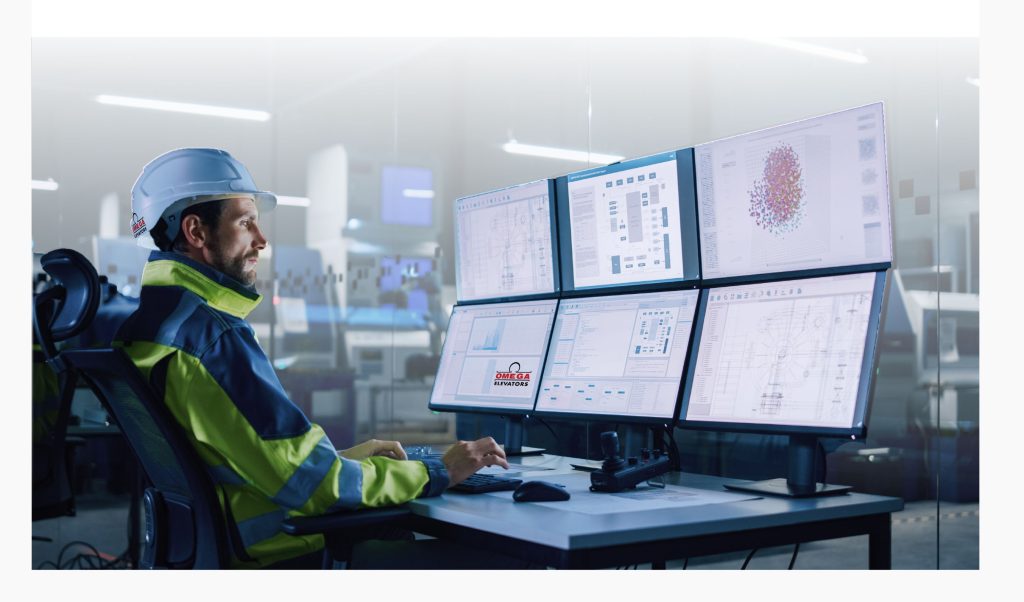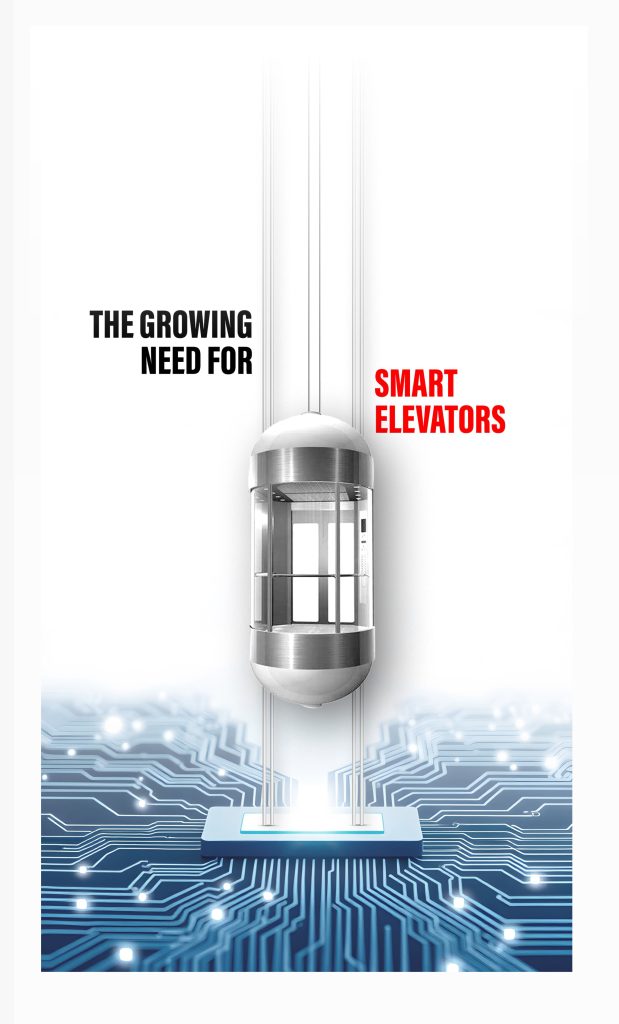Elevators are evolving to be more intelligent and adaptable, featuring innovations that improve safety, efficiency, and user experience. With advancements in hardware, smarter electronics and software technology, as well as data science and management, elevators in both residential and commercial buildings are establishing new standards for passenger safety and operational dependability.
These advancements address growing demands for smarter, safer, and connected vertical transportation systems, setting a new standard for modern infrastructure.
Key Advanced Features for Elevators in 2025

1. Advanced Emergency Rescue Device (ARD):
Modern elevators, especially in the last few years now feature automatic emergency systems that move the lift cabin to the nearest floor during power outages. These systems also often integrate backup batteries for uninterrupted operation during emergencies.
2. Overload Detection and Prevention:
Precision load sensors prevent elevator operation when weight exceeds safe limits. This protects passengers and also enhances the lifespan of the elevator by reducing mechanical wear and tear on its components.
3. IoT and Data Driven Predictive Maintenance:
Using data-driven analytics and IoT-based monitoring, elevators now identify component failures or inefficiencies in real time. For example, sensors installed can track vibrations, motor performance, and door operation and other parameters. This generates proactive automatic alerts for preventive repairs before any potential breakdown occurs.
4. Smart Door and Anti-Trap Sensors:
Pressure and motion sensors detect obstructions in doorways, ensuring accidental closures don’t occur. The sensor based system prevents passengers from being stuck inside due to door malfunctions or other operational faults.
5. Fire and Emergency Compliance Systems:
Elevators in 2025 comply with strict fire safety standards, such as the use of fire-resistant materials, evacuation systems, and heat-detection mechanisms to redirect elevators to secure floors during emergencies.
6. Touchless and Voice-Activated Technology:
Post and during COVID having a touch free operation was extremely important. This ushered in innovations for touchless access. Integrated with touchless control, elevators can now operate with smartphone apps, voice commands, enhancing accessibility and hygiene—especially in shared public or commercial spaces.
7. Energy-Efficient Systems:
Regenerative drive technology stores energy produced during a ride and reuses it later, aligning energy savings with safety standards for uninterrupted performance.
8. Uninterrupted WiFi Connectivity
Elevators now employ 5G and wireless sensors often embedded in the elevator shaft or the machine room. This ensures continuous and consistent connectivity between personnel and passengers.
9. Digital simulations for Maintenance:
Digital technology can simulate elevator performance in real time, replicating its system performance digitally and helping technicians test scenarios, predict failures and improve operations with precision.
10. Secure Digital Access
In high density areas, security is paramount. Random individuals should not be able to access different floors in a building.Present day elevator management systems have smart access control that provide digital security access to prevent unauthorized access.

Let’s consider some real life examples of smarter usage in real life situations.
Use Case 1: Residential High-Rises buildings with smart elevator technology and AI Integration
A modern high-rise residential building has loT-enabled smart elevators with predictive maintenance capabilities. In the morning people are getting ready to go to work or kids are leaving to go to school. 8 am and everyone needs to get out at the same time. By integrating data driven Al-based traffic flow analysis, the system detects the busy times. The system understands that customers will want less wait times. So it intelligently processes the information and minimizes unnecessary movement during peak hours while maintaining safety for passengers.
Use Case 2: Commercial Buildings with Emergency Protocols
In a large commercial complex, elevators are equipped with fire evacuation systems. During a fire emergency, the system detects the presence of excessive heat and redirects elevator operations to safely transport users to designated evacuation floors. Simultaneously, smart emergency rescue devices activate, ensuring no passengers are stranded or trapped during the incident.
Case 3: Maintenance and less elevator downtime
The elevator has sensors that connect and collect data to detect early signs of door malfunction and alert technicians, ensuring the issue is resolved before the elevator stops functioning.
The Future of Elevator Safety
As cities grow taller and smarter, the integration of IoT, AI and other innovative technologies in elevator systems will continue to reshape safety features. Elevators of the future won’t just move passengers—they’ll learn, predict, and adapt to ensure a secure, efficient, and intelligent user experience for all.


